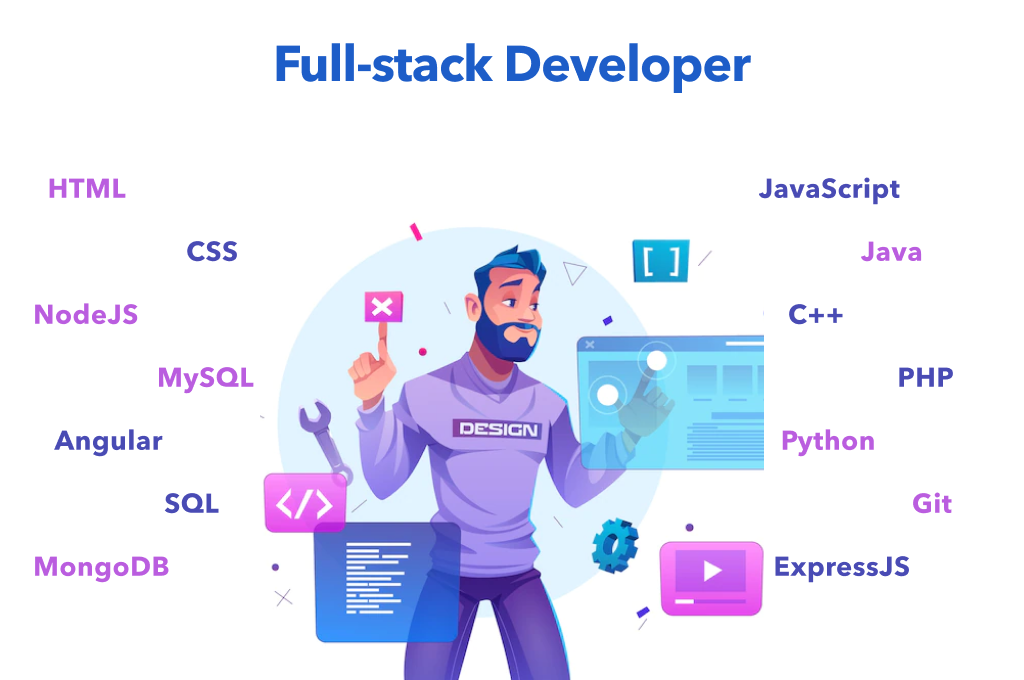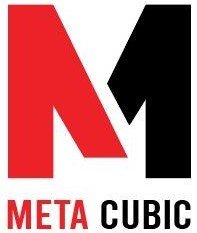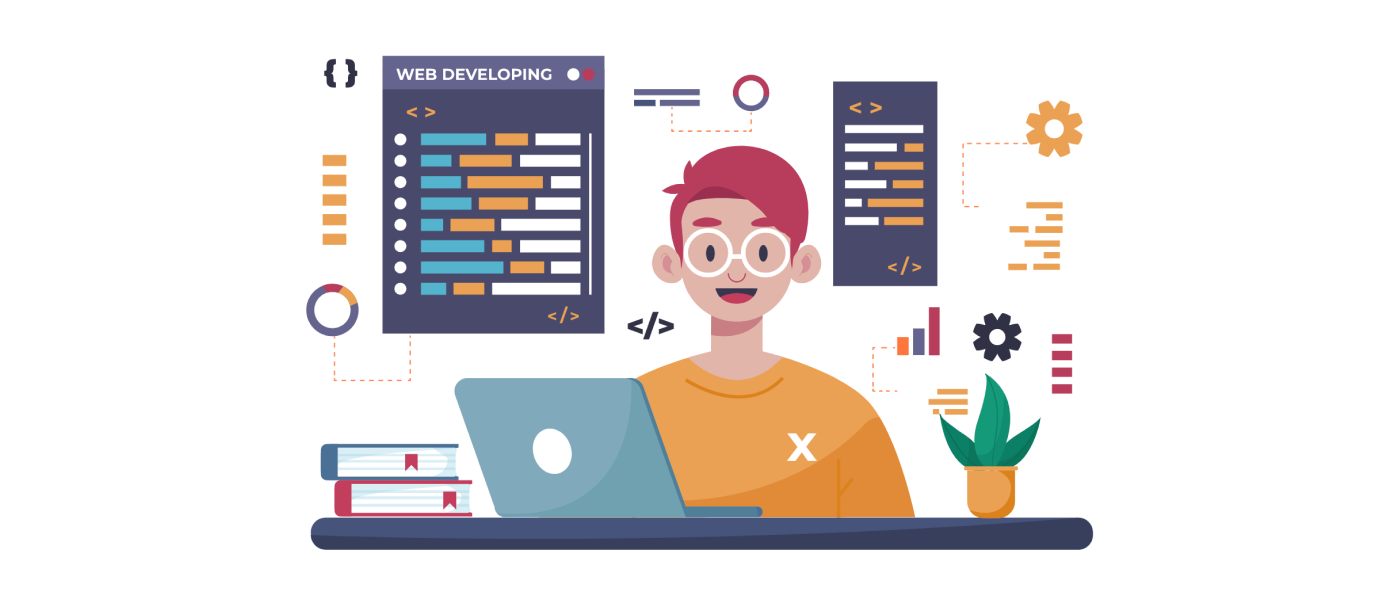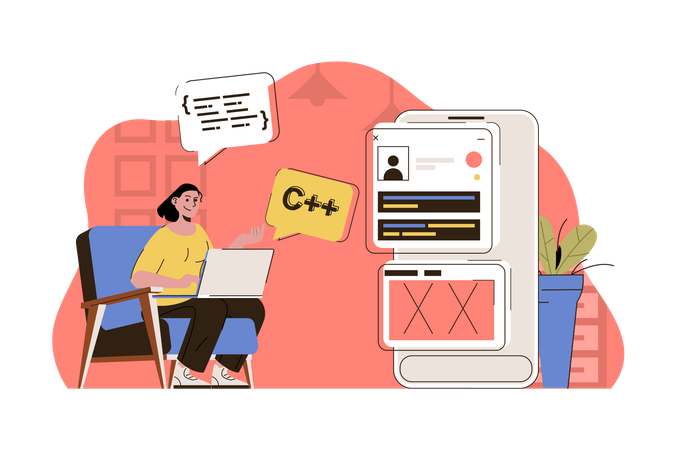Becoming a Full Stack Developer: Mastering Both Worlds
Becoming a Full Stack Developer
In the ever-evolving realm of web technologies, full stack developers stand as versatile masters of both frontend and backend development. They possess a unique skill set that allows them to create end-to-end web applications, from the user interface to the server-side logic and databases. In this comprehensive guide, we’ll embark on a journey to understand what it takes to become a full stack developer, exploring the skills, tools, and mindset needed to excel in this multifaceted field. By the end of this article, you’ll be well-equipped to start your own journey toward mastering both worlds of web development.

Introduction to Full Stack Development
Full stack development is a holistic approach to web development that involves working on both the frontend (user interface) and backend (server-side logic) of web applications. Full stack developers are responsible for the entire development process, from concept to deployment.
The Role of a Full Stack Developer
Bridging the Gap
Full stack developers bridge the gap between frontend and backend development, allowing them to create seamless and integrated web applications.
The Advantages of Versatility
Versatility is a key advantage of full stack developers. They can work on a wide range of projects and understand the complete web development workflow.
Essential Technologies
Frontend Technologies
Frontend technologies include HTML, CSS, and JavaScript, which are essential for creating user interfaces and interactive web experiences.
Backend Technologies
Backend technologies encompass server-side languages (e.g., Node.js, Python, Ruby), databases (SQL and NoSQL), and server frameworks (e.g., Express, Django, Ruby on Rails) used to build the server-side logic of web applications.
Mastering Frontend Development
HTML, CSS, and JavaScript Fundamentals
Full stack developers need a strong foundation in HTML for structure, CSS for styling, and JavaScript for interactivity.
Responsive Web Design
Responsive web design ensures that web applications are accessible and functional on various devices and screen sizes.
Backend Development Skills
Server-Side Languages
Full stack developers are proficient in at least one server-side language, allowing them to create server logic and handle requests.
Databases and Data Management
They understand databases and data management concepts to store, retrieve, and manipulate data efficiently.
Building RESTful APIs
API Design Principles
Full stack developers design RESTful APIs that allow communication between the frontend and backend, enabling data exchange.
Handling Requests and Responses
They know how to handle HTTP requests and responses, ensuring smooth data flow between clients and servers.
Version Control with Git
Collaborative Development
Git enables collaborative development by tracking changes, managing branches, and facilitating code collaboration.
Branching and Merging
Full stack developers are skilled in branching, merging, and resolving conflicts, ensuring seamless code integration.
Testing and Debugging
Unit Testing
Unit testing verifies the functionality of individual components, ensuring the reliability of the codebase.
Debugging Strategies
They use debugging strategies and tools to identify and fix issues efficiently.
Security Best Practices
Authentication and Authorization
Full stack developers implement secure user authentication and authorization mechanisms to protect data and user privacy.
Data Security
They prioritize data security, including encryption and data validation, to safeguard sensitive information.
Frontend Frameworks
React and Angular
Full stack developers often work with frontend frameworks like React and Angular to streamline user interface development.
Vue.js and More
Frameworks like Vue.js offer versatility and simplify frontend development for full stack developers.
Backend Frameworks
Express (Node.js)
Express, a popular Node.js framework, allows full stack developers to build scalable and efficient backend applications.
Django (Python) and Ruby on Rails (Ruby)
Frameworks like Django (Python) and Ruby on Rails (Ruby) offer robust tools for backend development.
Databases and ORM
SQL and NoSQL Databases
Full stack developers are familiar with both SQL and NoSQL databases, choosing the right one for each project’s requirements.
Object-Relational Mapping (ORM)
ORM tools simplify database interactions by mapping database tables to objects in code.
Deployment and DevOps
Continuous Integration and Continuous Deployment (CI/CD)
CI/CD pipelines automate testing and deployment processes, ensuring efficient code delivery.
Containerization (Docker)
Containerization with Docker simplifies application deployment by packaging applications and dependencies.
Monitoring and Performance Optimization
Monitoring Tools
Monitoring tools track application performance and provide insights for optimization.
Performance Tuning
Full stack developers optimize performance by implementing caching, load balancing, and other techniques.
The Full Stack Developer Mindset
Full stack developers adopt a problem-solving mindset, are adaptable, and possess strong communication skills to collaborate with both frontend and backend teams.
Building Real-World Projects
Personal Projects
Developing personal projects allows full stack developers to apply their skills and build a portfolio.
Collaboration and Open Source
Contributing to open source projects and collaborating with others enhances their experience and expertise.
Continuous Learning and Staying Updated
Web technologies evolve rapidly, so full stack developers must commit to continuous learning and staying updated on the latest trends and tools.
Career Paths in Full Stack Development
Full stack developers can pursue various career paths, including web development, software engineering, and becoming technical leads or architects.
Conclusion: Mastering Both Worlds
Becoming a full stack developer is a rewarding journey that involves mastering both frontend and backend development. Full stack developers possess a unique skill set that allows them to create end-to-end web applications, from user interfaces to server-side logic and databases. As you embark on this journey, remember that versatility, problem-solving, and a commitment to continuous learning are your greatest assets. Whether you’re building personal projects or contributing to large-scale applications, you have the power to shape the digital world and master both worlds of web development.





